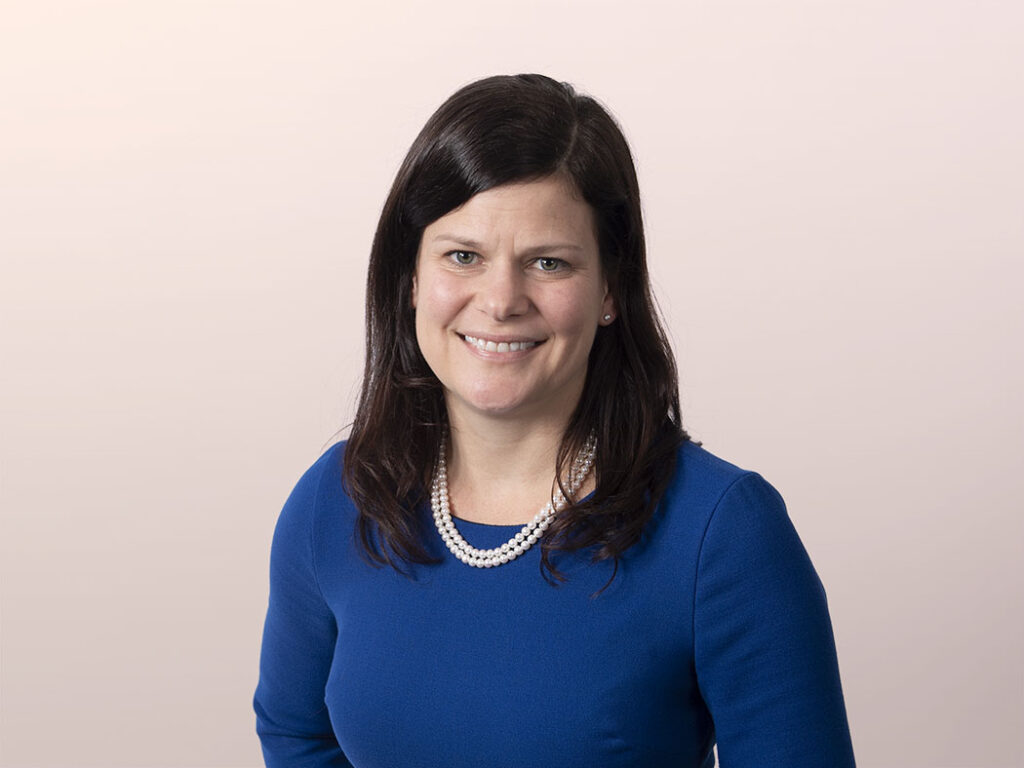What XD Pros Can Learn From Diversity And Inclusion Leaders: Highlights From The From Day One Conference In San Francisco
Does your company have a diversity and inclusion (D&I) program? There’s a good chance you do — D&I is currently having its moment in the spotlight. But the D&I conversation at many organizations neglects a crucial element: a process for how the company will actually fulfill its commitment to D&I in the experiences it designs for customers. And that’s unfortunate, because D&I — regardless of whether you believe your company cares about social justice — helps drive business growth.
I was thinking about this as I sat in the audience at the From Day One San Francisco conference earlier this week. The event focused on how to forge stronger relationships with employees, customers, and the community, with a common thread woven throughout all sessions: the value of workplace diversity. The event kicked off with an engaging panel on innovation and diversity hiring in which leaders from Salesforce, Gap Inc., MGM Resorts, Reflektive, and Lingo Live described their challenges and successes as they try to close the diversity gap at their organizations. I walked away with three insights that experience design (XD) leaders can learn from and apply when thinking about D&I:
Build on the processes you already have in place. To begin closing the gap in a manageable way, Molly Q. Ford, senior director of global equality programs at Salesforce, advised the audience to “look at the practices already in place at your company and ask yourself how you can weave equality into those.” In other words, focus on the things your employees already do and equip them with the tools they need to do those things more inclusively.
Don’t treat D&I as a one-off program. I was reminded of the common phrase “build it in; don’t bolt it on” as Phyllis A. James, chief diversity and corporate responsibility officer at MGM Resorts, talked about D&I as a never-ending journey, not a step or a program. Her approach? 1) Integrate D&I into all business operations; 2) consistently reinforce its importance and the responsibilities of different teams; and 3) arm the organization with tools to deliver on those responsibilities. Taking this approach pays off — Phyllis shared that, by ensuring diversity of thought (through, for example, forming cross-functional teams to deliver on projects), MGM Resorts achieved $400M in cost savings and new revenue.
Infuse D&I into all stages of product development. Michele Nyrop, SVP of HR at Gap Inc., stressed the importance of building inclusion into all product development milestones and asking yourself how you can be more inclusive from the very beginning. Doing so doesn’t just result in a better product; it helps you attract diverse talent by ensuring your product doesn’t exclude the groups you’re trying to attract. It reminded me of how accessibility used to be a compliance check that happened too late (in testing) but has begun to “shift left” to design, as I discuss in a recent blog post: Accessible Pizza And Other Highlights From CSUN 2019.
Stay tuned for my upcoming report, “The Inclusive Design Imperative: Win And Retain More Customers,” to learn how companies can live out their commitment to D&I in customer experiences.
